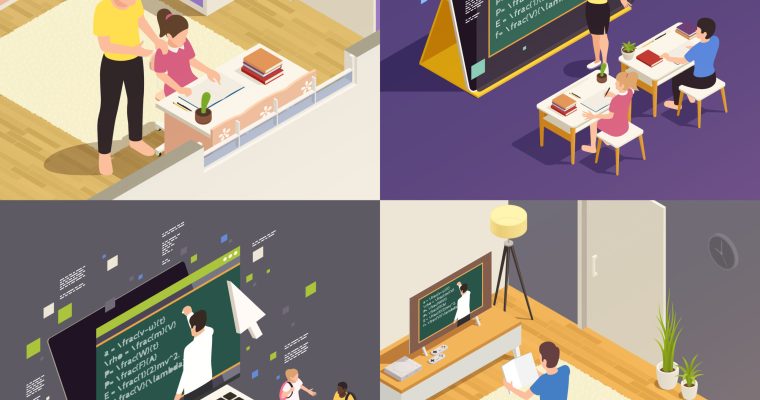In today’s rapidly evolving educational landscape, blended learning has emerged as a powerful approach that combines traditional face-to-face instruction with online learning experiences. While the benefits of blended learning are numerous, it’s important to acknowledge that implementing this approach comes with its own set of challenges. In this blog, we will delve into the concept of blended learning, explore its advantages, and discuss proven strategies to overcome the most common obstacles associated with it.
What is Blended Learning?
Blended learning is an instructional method that seamlessly integrates traditional in-person teaching methods with online resources and digital tools. This approach aims to create a flexible and personalized learning experience for students, allowing them to access content, collaborate with peers, and engage in activities both within and outside the physical classroom. Blended learning offers the best of both worlds by combining the interactive and social aspects of face-to-face instruction with the convenience and adaptability of online learning.
Advantages of Blended Learning
Before addressing the obstacles, let’s highlight some of the key advantages:
Personalized Learning:
Enables educators to tailor instruction to individual student needs and learning styles, promoting better understanding and retention.
Flexibility:
Students can access course materials and resources online at their own pace, fostering a more self-directed learning experience.
Increased Engagement:
The combination of online activities and in-person interactions keeps students engaged and motivated.
Enhanced Collaboration:
Encourages collaboration and communication among students, fostering a sense of community and teamwork.
Access to Resources:
Online platforms offer a wealth of resources, including multimedia content, simulations, and interactive exercises, enriching the learning experience.
Strategies to Overcome Common Blended Learning Obstacles
While blended learning offers a myriad of benefits, educators may encounter certain obstacles during implementation. Here are proven strategies to overcome some of the most common challenges:
- Technological Barriers:
- Ensure access to reliable technology and internet connectivity for all students.
- Provide clear instructions and training on using digital tools and platforms.
- Offer technical support and troubleshoot issues promptly.
- Maintaining Engagement:
- Design interactive and dynamic online content to keep students engaged.
- Incorporate a variety of multimedia elements, such as videos, simulations, and quizzes.
- Foster active participation through online discussions, group projects, and collaborative activities.
- Balancing Face-to-Face and Online Components:
- Create a well-structured schedule that clearly outlines when and how online and in-person activities will take place.
- Align online activities with in-person lessons to ensure coherence and reinforce learning objectives.
- Ensuring Equity:
- Provide alternatives for students who may have limited access to technology, such as offering printed materials or offline activities.
- Offer flexible assessment options that accommodate different learning environments.
- Monitoring Progress and Providing Feedback:
- Utilize learning management systems (LMS) to track student progress and performance.
- Provide timely feedback on online assignments and activities to guide student learning.
- Time Management:
- Help students develop time management skills by setting clear expectations and deadlines for online tasks.
- Provide guidance on how to prioritize and allocate time for both online and in-person activities.
Conclusion
Blended learning has the potential to revolutionize education by combining the strengths of traditional instruction with the advantages of online learning. While challenges may arise, the strategies mentioned above can help educators navigate and overcome these obstacles. By embracing blended learning and implementing effective strategies, educators can create a dynamic and engaging learning environment that caters to the diverse needs of today’s students.
Bonus Resource
To further enhance your understanding of blended learning and gain insights into its practical implementation, we’ve created a comprehensive YouTube video. This video delves deeper into the concept, showcases real-life examples, and offers additional strategies to overcome obstacles. Don’t miss the chance to watch and learn from this valuable resource that complements the content of this blog.







